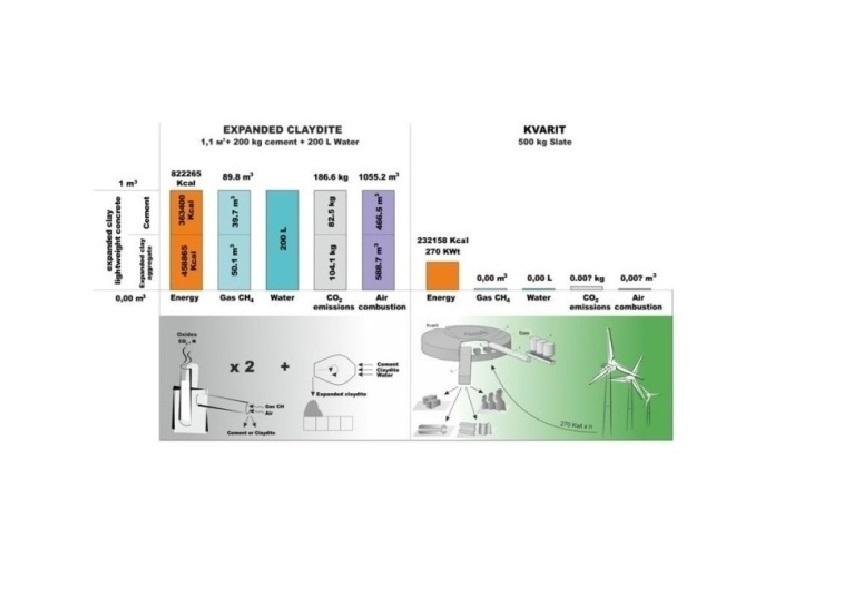“Kvarit”- reduces dependence EU of fossil fuels.

The energy efficiency of a passive house primarily depends on integrated building elements, which separate its interior from the external environment. At the same time, bricks occupy a special place. Primitive methods for the production of bricks; availability of raw materials and energy resources; properties of bricks that include high strength, wear resistance, long service life, resistance to heat and fire, comfort, flexibility for self-expression of architects have been highly valued and used by a man since 4000 BC.
In Europe, the technology of making bricks has spread and modernized for more than 2000 years. Clay brick is fixed in sort of the “genetic” level in the human mind as an indispensable building material. Most likely, this explains the conservatism and skepticism on the part of architects, insurers and contractors in the construction industry when using building materials on a biobasis,in addition, all components of "BIO" in building materials, in the future - hydrocarbon raw materials. The only competitor for brick (except for wood) at all times were comfortable building materials convenient in work made of natural volcanic tuff and pumice, which were especially appreciated near the deposits. We propose to expand the area of application of such materials through a new ecological, energy-efficient and resource-saving technology for obtaining building materials – “Kvarit”. Innovative, new porous building material “Kvarit” is a synthetic volcanic tuff and pumice, obtained by technology, which completely eliminates pollution of the environment. This technology, in particular, aims at a significant saving of hydrocarbon fuels, the reserves of which are not infinite.
Low-carbon technologies are needed to reduce greenhouse gas emissions and increase the sustainability of the energy system, as well as to reduce dependence on external fossil fuel suppliers. This refers in full to the expanded clay block, and alternative to it is “Kvarit”. According to the European Expanded Clay Association (EXCA), the production of expanded clay in 2007 was 7 million cubic meters per year, while they critically approach to the possibility of reducing the reported reduction in greenhouse gas emissions. Assuming that 20% of the expanded clay was supplied for the production of expanded clay blocks, its volume is 1,400,000 m3 .
- Theoretical energy consumption per cubic meter of expanded clay blocks (expanded clay + cement): 822,265 kcal / m3 = 3 440 356, 76 J / m3 .
- The amount of theoretically necessary gas energy per this volume: 1 400 000 * 3 440356, 76 = 4.82 * 1015J. Taking into account that 1 m3 of gas = 9162 kcal * 4,184 = 38 333.8 kJ, it is not difficult to determine the volume of gas consumption reduction in the EU. (For those who wish, you can check the calculations and methodology =125 * 106 m3 of gas).
We remind you that the estimated energy efficiency of production of one cubic meter of Kvarit is 0.97 GJ / cu, bricks -1.8-2.2 GJ / cu, claydite block - 3.4 GJ / cb (claydite + cement), excluding energy consumed by technological equipment. Moreover, significant energy saving is guaranteed, expected in the process of operation of buildings and structures that were built using Kvarit.



